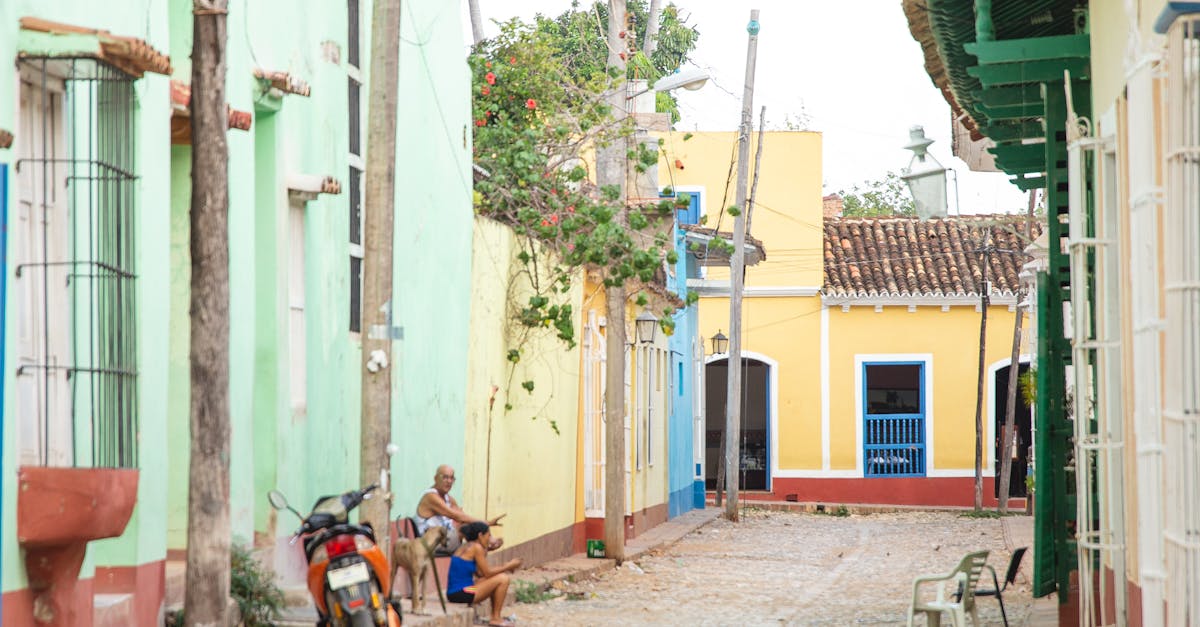
How Often Should You Reseal Natural Stone Wall Cladding?
Table Of Contents
Regular cleaning is essential to maintain the appearance and longevity of natural stone wall cladding. Dust, dirt, and grime can build up over time, affecting the stone's natural beauty. To clean, use a pH-balanced stone cleaner. Avoid acidic or abrasive products that can damage the surface. Gently scrub the stone with a soft-bristle brush or sponge, ensuring you reach all crevices and joints. Rinse thoroughly with clean water to remove any residue, and dry with a soft cloth to prevent water spots.
able finish, which can save time and effort in the long run.
Additionally, time constraints might influence your decision to engage an expert. Resealing can be a time-consuming process, especially for larger areas. If you find yourself unable to dedicate sufficient time to properly clean, prep, and apply the sealant, seeking professional assistance can ensure the job is done correctly and efficiently. This option is also advisable if the stone has unique properties that require specific care, guaranteeing preservation of its beauty and functionality.
FAQS
How often should I reseal my natural stone wall cladding?
It is generally recommended to reseal natural stone wall cladding every 1 to 3 years, depending on factors such as the stone type, exposure to weather, and the level of foot traffic.
What are the signs that my natural stone wall cladding needs resealing?
Signs include water being absorbed quickly into the stone, visible stains or discolouration, or a dull appearance that lacks shine. Conducting a simple water test can also help determine if resealing is necessary.
Can I reseal my natural stone wall cladding myself?
Yes, you can reseal your natural stone wall cladding yourself if you follow the proper DIY resealing process and have the right tools and materials. However, ensure that you are comfortable with the steps involved.Copyright © Natural Stone Cladding Sydney. All rights reserved.
What tools and materials do I need for resealing?
You will need a suitable stone sealer, a clean cloth or sponge, a paintbrush or roller for application, and possibly a power washer or scrub brush for cleaning before resealing.
When should I consider hiring a professional for resealing?
It may be best to hire a professional if the stone is extensively stained or damaged, if you are unsure about the resealing process, or if you want a long-lasting, high-quality finish.
Related Links
The Importance of Proper Sealant Application for LongevityCommon Mistakes to Avoid When Sealing Natural Stone
Eco-Friendly Sealant Options for Natural Stone Wall Cladding
The Benefits of Professional Sealant Application for Natural Stone Wall Cladding
Troubleshooting Sealant Issues on Natural Stone